Where’s My Stuff?
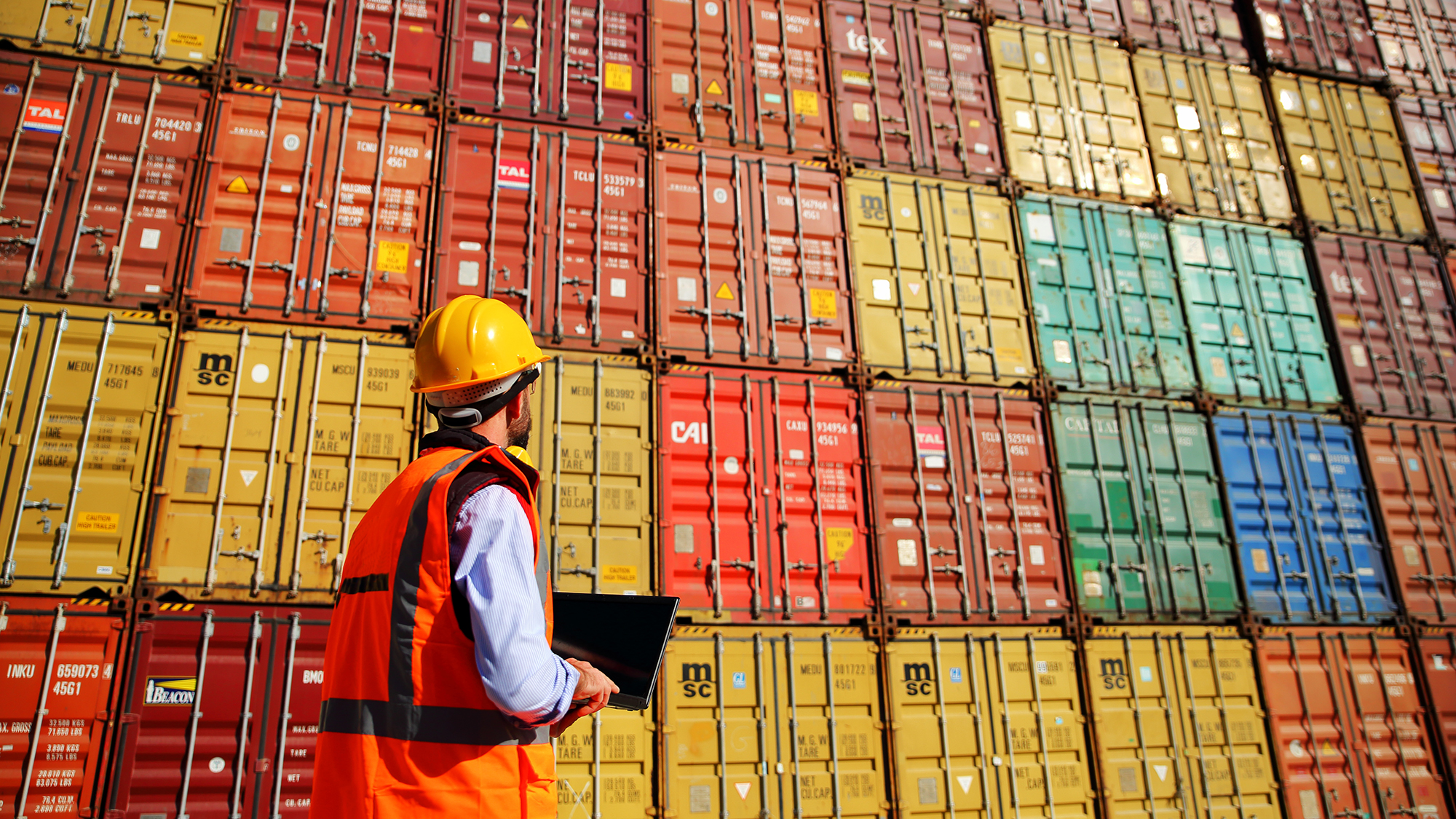
You return home frazzled after visiting three stores to buy dishwashing soap. Hungry, you open your freezer for a frozen meal to heat up, only to be reminded that you did not buy any because the ones you like were unavailable at the grocery store. Frustrated, you sit down on your uncomfortable couch, which you have been meaning to replace but the one you want is out of stock. Ready for some TV distraction, you turn on the news – just in time to see pictures of containers full of comfy furniture and dishwashing soap and everything else that people may ever want sitting idly at the ports of LA and Newport Beach. What is going on? Here are some answers:
1. Where Is My Exercise Equipment?
During the pandemic, demand for exercise equipment – mostly from Chinese manufacturers – more than doubled. If you’ve ordered an exercise bike, chances are it is already in the United States – but can’t get to you right now. Cargo ships are stuck at ports in Los Angeles and Long Beach because they are unable to unload their containers due to a shortage of trucks, truck drivers and port workers.
Ships off Los Angeles…float freely, like planes circling over congested airports.
Peter S. Goodman, et al.
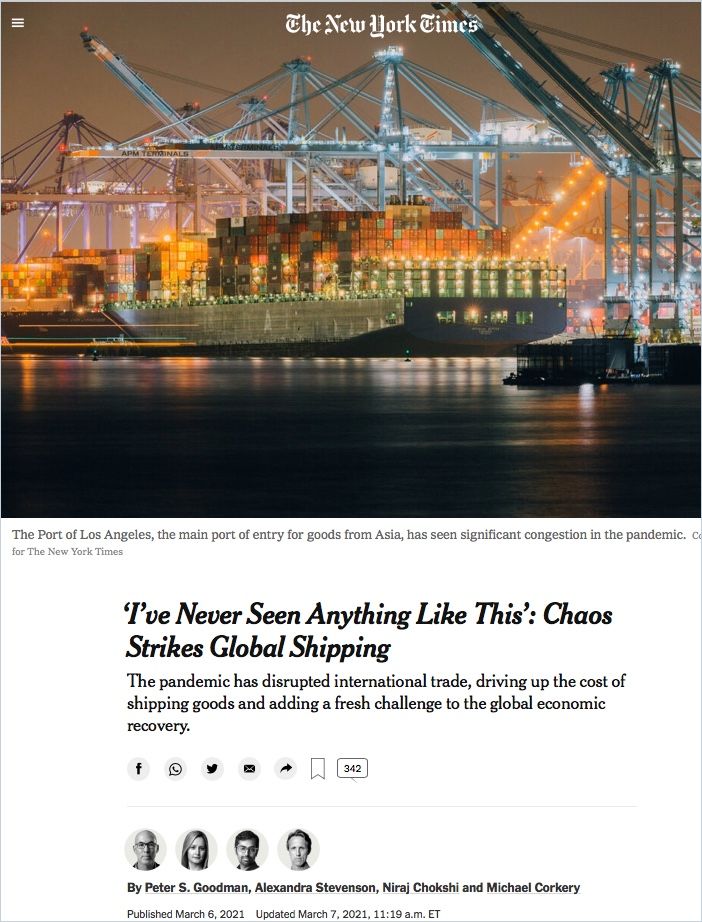
“I’ve Never Seen Anything Like This”: Chaos Strikes Global Shipping
The New York TimesOr perhaps your elliptical, assembled in the United States, is missing a part? Perhaps the manufacturer ran into the same problem as Florida-based company tricycle company Catrike, which has been unable to ship out its trikes because it is missing a $30 part built in Taiwan.
2. Why Has My Home Improvement Project Become So Expensive?
The price of lumber almost tripled during the pandemic. There are multiple reasons for this price surge. Demand for lumber skyrocketed due to all the lumber-intensive home-improvement projects cabin-fevered homeowners took on. Home construction has also been up, as COVID-19 decided to appear just in time many millennials turned 30, an age typically associated with buying a first home.
Meanwhile, supply of Canadian SPF (spruce-pine-fir), the United States’ number one source of imported lumber, has dwindled. An invasion of bark-eating mountain pine beetles in Canada’s northern belt decimated saleable pines by 60%. Record-breaking wildfires did away with millions of additional trees. The beetle had already weakened the trees, diminishing their natural fire resistance. And, to fend off beetle attacks, the trees secrete pitch, which is as flammable as “fire starter.” The two mutually reinforcing phenomena have one underlying cause: climate change.
“There are people who say, ‘Climate change isn’t affecting me…but they’re going to go to the hardware store and say, ‘Holy cow, the price of lumber has gone up’.”
Janice Cooke, forestry expert, University of Alberta
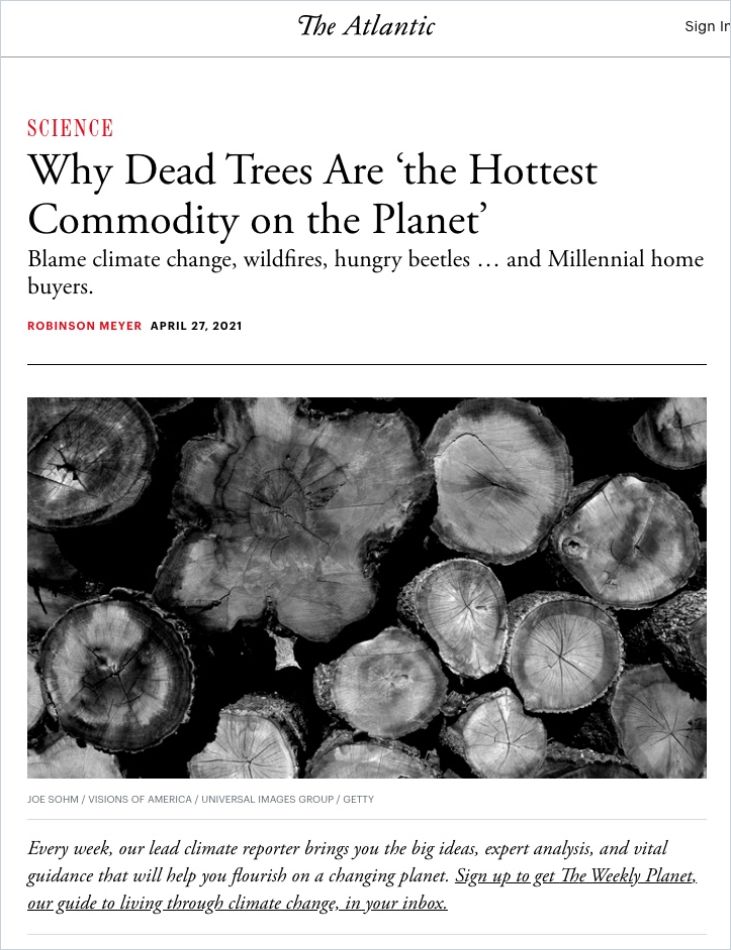
3. Why Do I Have to Wait Months for My New Car to Arrive?
Auto assembly plants are slowing, and dealerships are empty because semiconductors are in short supply. These small chips play a huge role in contemporary cars. They run information and entertainment systems, regulate fuel injection and direct cruise control. Car manufacturers are suffering a semiconductor shortage for straightforward, economic reasons: Semiconductor manufacturers are prioritizing smartphone companies and other consumer electronics. These markets are far more profitable than the automotive industry. Chip shortages alone reduced car production by 1.3 million vehicles in the first months of 2021.
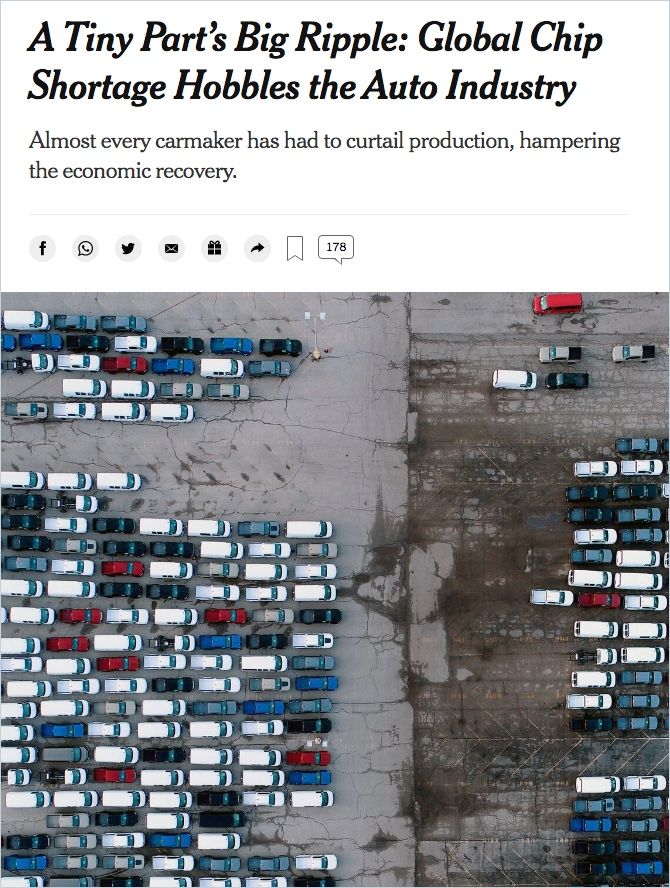
A Tiny Part’s Big Ripple: Global Chip Shortage Hobbles the Auto Industry
The New York Times4. What About the Mail?
The US Postal Service saw itself forced to cut air transportation costs and rely more heavily on delivery by rail and truck. An inopportune move considering that it is now running into the same bottlenecks as other shipping companies.
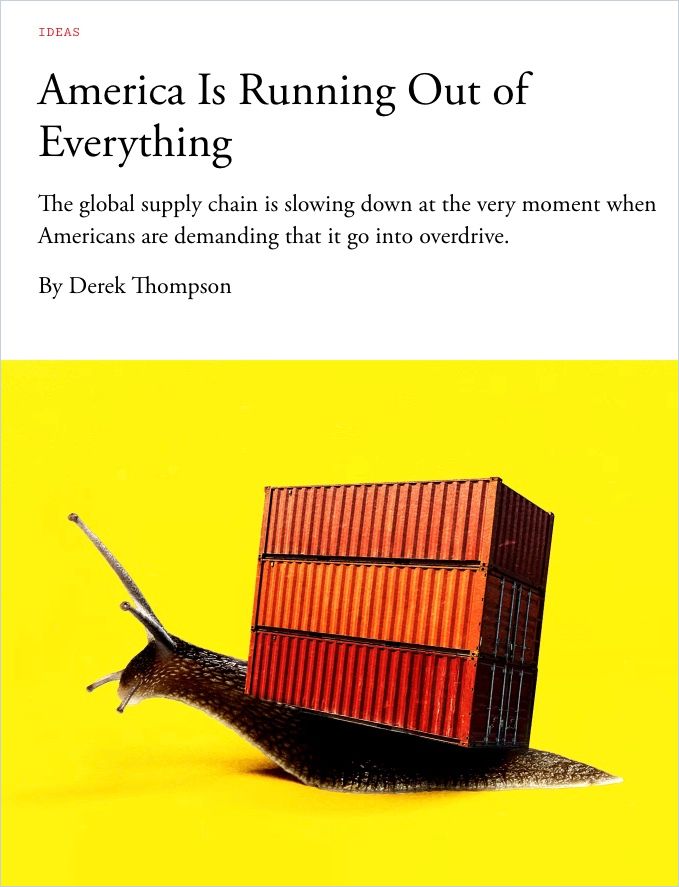
5. …And the Million Dollar Question: What About This Year’s Christmas Presents?
Shipping experts believe the upcoming 2021 holiday season will exacerbate shipping problems. The earliest they expect shipping to normalize is early February 2022, and delays could run into the following year. So if you don’t want to sit under an empty tree, order your holiday presents now!
Our dearth of manufactured parts and containers is part of a broader crisis of manufactured scarcity in America.
Derek Thompson
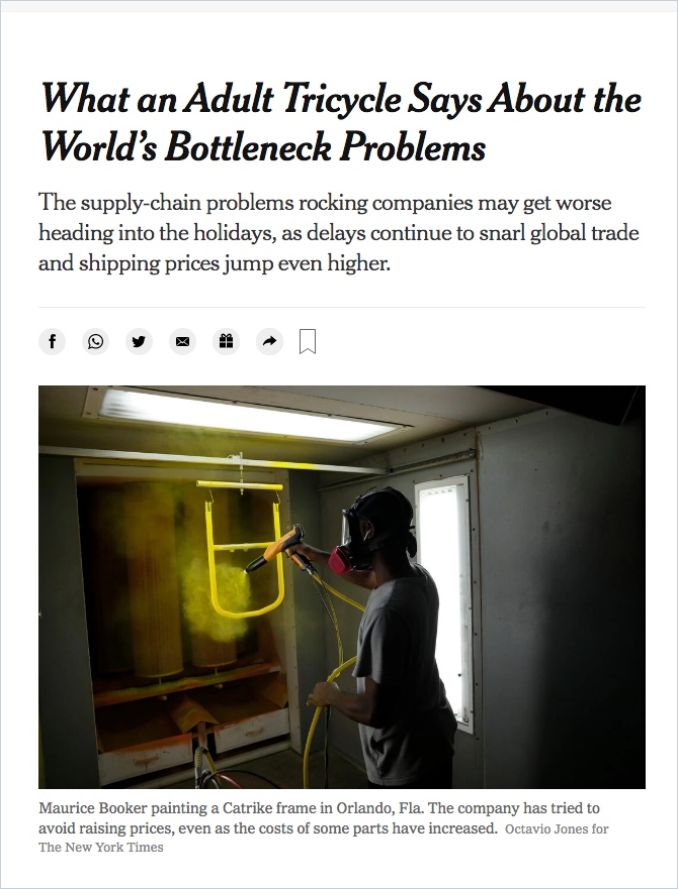
What an Adult Tricycle Says About the World’s Bottleneck Problems
The New York TimesThe solution to the current predicament, however, is long-term: Decrease your overdependence on foreign-manufactured goods and parts. The disruptions caused by COVID-19 have exposed the vulnerability of the global supply chain that policy makers and company leaders now need to address. Stay tuned by subscribing to getAbstract’s Supply Chain Management Channel.





